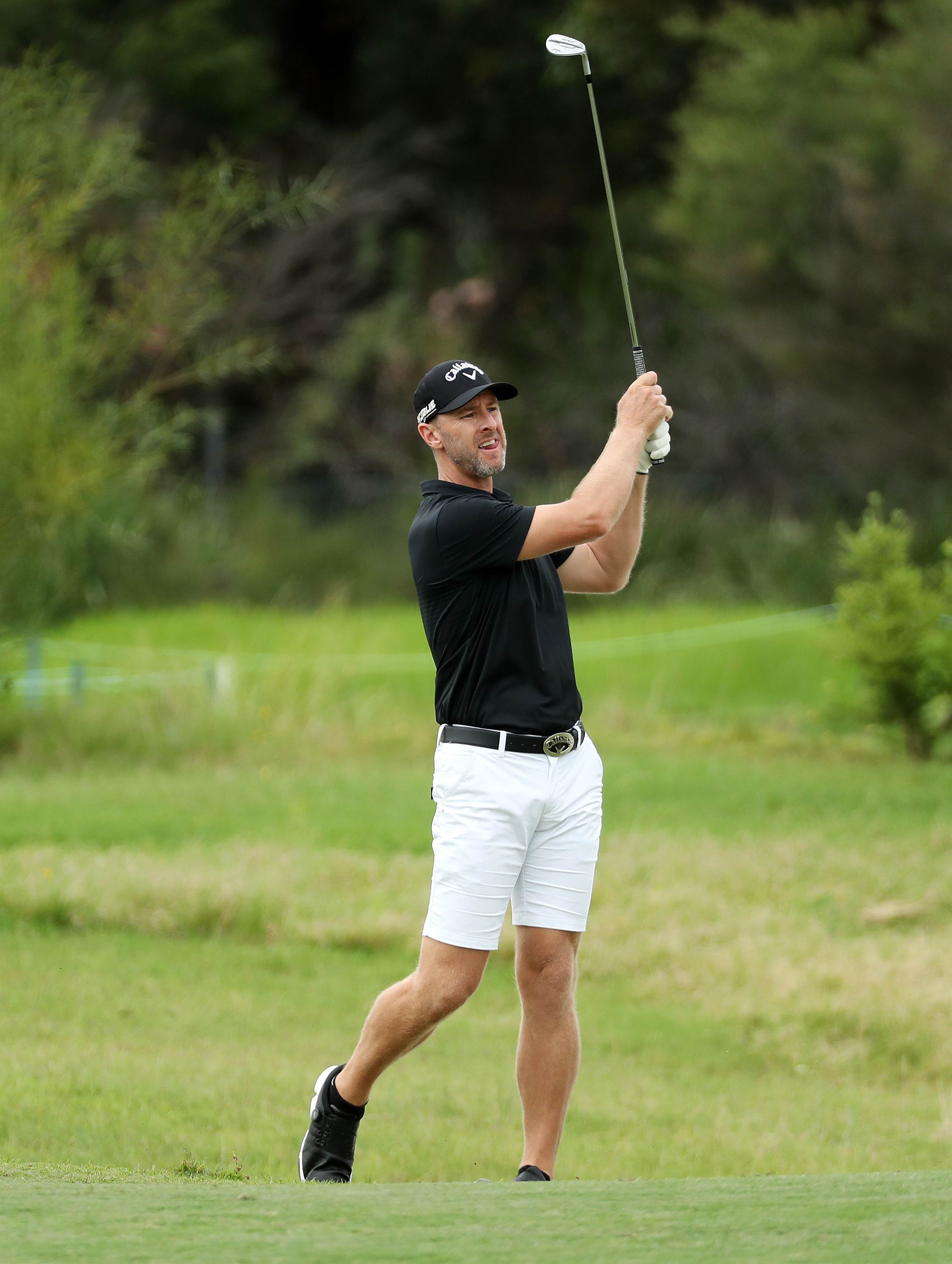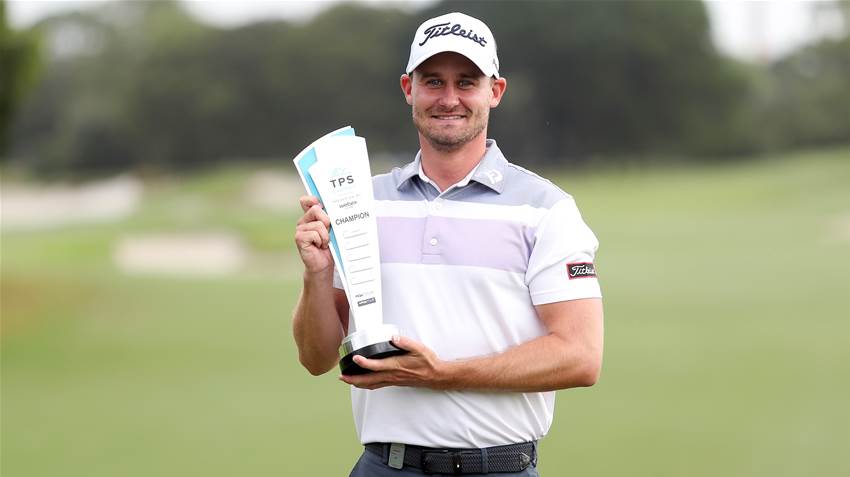What did the rain shortened TPS at Bonne Doon at the weekend have to do with making the case for funding public golf?
Quite a bit, actually, if you think about it the right way.
While disappointing for all involved when storms put a premature end to the final round, the unfortunate weather did highlight one golf’s greatest strengths.
54-hole leaders Jarryd Felton and Brendan Jones played off for the title, Felton making a clutch birdie on the first extra hole to claim the trophy.
On the scoreboard, both players were 15-under-par when the final round teed off but in almost every other way they could barely be further apart.
 Felton was just four years old when Jones won the 1999 Australian Amateur and just seven years old when his opponent claimed his first professional win.
Felton was just four years old when Jones won the 1999 Australian Amateur and just seven years old when his opponent claimed his first professional win.
RIGHT: Felton (top) and Brendan Jones represent one of the inherent qualities that makes the game of golf so special. PHOTOS: PGA of Australia/Brett Costello.
But the 20 years that separate them in age are among the few numbers that count for little on the golf course.
Phil Mickelson’s remarkable win at last year’s PGA Championship highlighted the same thing as did the extraordinary victory of Peter Senior at the 2015 Australian Masters at the age of – wait for it – 56!
For all these amazing professional performances, though, it is at the recreational level where this really matters.
There are few sports where parents and kids or even grandparents and grandchildren can contemplate taking part together. Yet in golf, it’s not uncommon.
And as the TPS tournaments also show, golf is not only multi-generational but multi gender, too. While not unique to golf it certainly puts the game in a small minority.
If we think about public funding of sport and in particular things like football and cricket fields and netball and tennis courts, the reality is these facilities serve quite a narrow demographic.
Most are used predominantly by those aged between teenage years and mid-thirties to early 40’s and the bulk of those numbers would be under 30.
"While disappointing for all involved when storms put a premature end to the final round, the unfortunate weather did highlight one golf’s greatest strengths." - Rod Morri.
Golf is almost the opposite. The predominant demographic might be over 50 but I would be staggered if there weren’t more teenagers playing golf than 55 -year-olds playing netball.
Not that it really matters as the broader point is that golf is a game for a lifetime whereas most other sports are – for the vast majority of people – not.
On top of that there is almost zero possibility most council owned sporting fields will ever turn a profit whereas with golf, the opposite is true.
A well run, publicly funded golf course can actually make a significant financial return to the community and – ironically – subsidise other sports.
While no doubt difficult to undertake, it would be an interesting exercise to calculate the number of hours and total number of people served by a range of sporting facilities, including golf courses.
The accepted thinking is that golf courses take up so much more space than a football field that they simply must be underutilised.
However, given the majority of football and cricket pitches spend most of their time empty that may not turn out to be the case.
To bring things full circle, what the rain shortened TPS at Bonnie Doon does to make the case for public golf is remind us that the game is no less – nor more – important than any other publicly funded sporting pursuit.
Related Articles

Huggan: Is McIlroy the best European golfer of all time?

Column: Rory will grab the headlines but Portrush will steal the show













